Dodge’s Scat Pack cars have become iconic symbols of American muscle and performance. Originally launched in the late 1960s, these vehicles have seen a resurgence in popularity over recent decades. As we delve into the history of Scat Pack cars, their modern incarnations, and current collector market trends, their enduring appeal becomes evident.
History of the Scat Pack
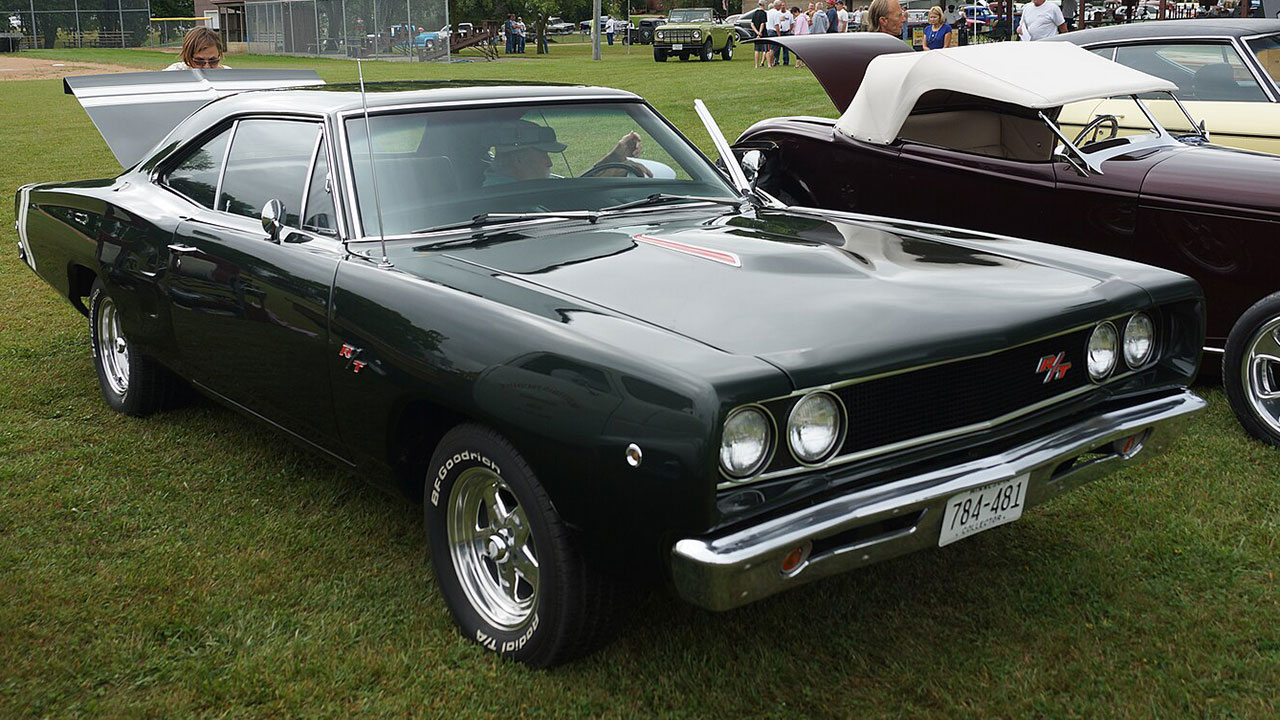
Origins and the Golden Era
The Scat Pack was introduced by Dodge in the late 1960s, a time when American automakers were fiercely competing in the muscle car segment. The term “Scat Pack” was not just a marketing slogan but a badge of honor that signified high-performance vehicles. Key models from this era included the Dodge Charger R/T, the Dodge Coronet R/T, and the Super Bee, each equipped with powerful V8 engines designed to conquer the drag strip and the open road. These cars were characterized by their distinctive bumblebee stripes and their ability to deliver raw power and speed, which made them instantly recognizable and highly desirable.
The golden era of the Scat Pack was marked by a blend of aggressive styling and unmatched performance. The Scat Pack cars quickly gained a cult following due to their ability to offer thrilling driving experiences at a relatively affordable price. As the muscle car wars intensified, Dodge’s Scat Pack vehicles stood out for their unique combination of speed and style, becoming favorites among car enthusiasts and racers alike.
Decline and Pause
Despite their initial success, the Scat Pack lineup faced challenges in the 1970s. The oil crisis, rising insurance costs, and stricter emission regulations led to a decline in demand for high-performance muscle cars. Automakers, including Dodge, were forced to shift their focus from raw power to fuel efficiency and emissions compliance. As a result, the original Scat Pack models were discontinued, marking the end of an era for these iconic vehicles.
During this period, the automotive landscape underwent significant changes. The emphasis on smaller, more fuel-efficient cars was a major factor in the decline of muscle cars, and the Scat Pack was no exception. However, the legacy of the Scat Pack lived on in the hearts of enthusiasts, who continued to cherish these vehicles as symbols of a bygone era of American automotive excellence.
Modern Revival and Production
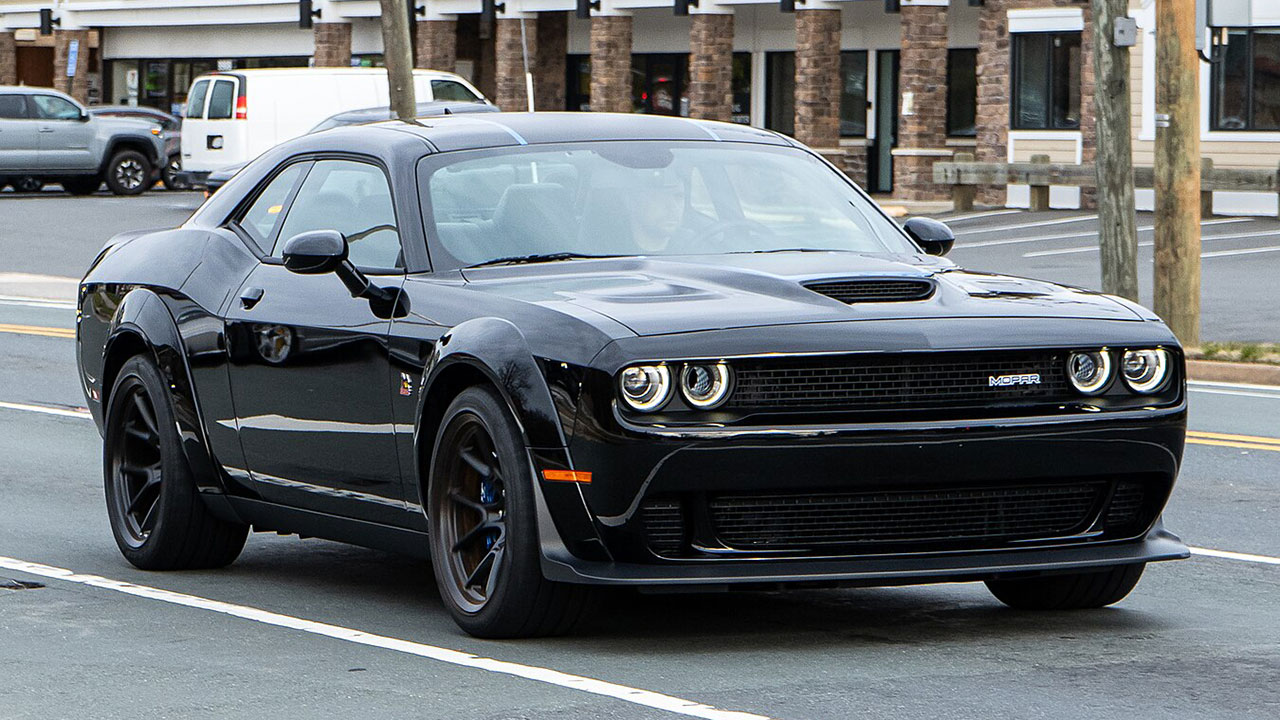
Reintroduction in the 21st Century
The Scat Pack made a triumphant return in the 2010s as part of Dodge’s strategy to revive its performance heritage. The modern Scat Pack lineup includes models like the Dodge Charger and Challenger, both of which feature advanced technology and engineering to deliver impressive performance. These vehicles are equipped with powerful HEMI V8 engines, offering a thrilling driving experience reminiscent of their predecessors.
Dodge’s decision to bring back the Scat Pack was a nod to its storied past while embracing modern advancements. The reintroduction was well received by enthusiasts who were eager to relive the glory days of muscle cars with contemporary conveniences. The modern Scat Pack models have successfully captured the essence of the original lineup while incorporating features such as improved handling, safety, and efficiency.
Recent Developments
In recent years, the Scat Pack has continued to evolve with updates that reflect the latest in automotive technology. From enhanced suspension systems to cutting-edge infotainment options, the modern Scat Pack offers a comprehensive package that balances performance with practicality. As we enter the 2020s, Dodge continues to refine its Scat Pack lineup, ensuring that these vehicles remain competitive in an ever-changing market.
The influence of modern automotive technology on the Scat Pack’s performance cannot be overstated. Features such as adaptive damping systems, launch control, and advanced braking systems have transformed these vehicles into formidable contenders on both the track and the road. The Scat Pack’s ability to blend classic muscle car aesthetics with modern innovations has solidified its place in the hearts of car enthusiasts worldwide.
Collector Market Trends
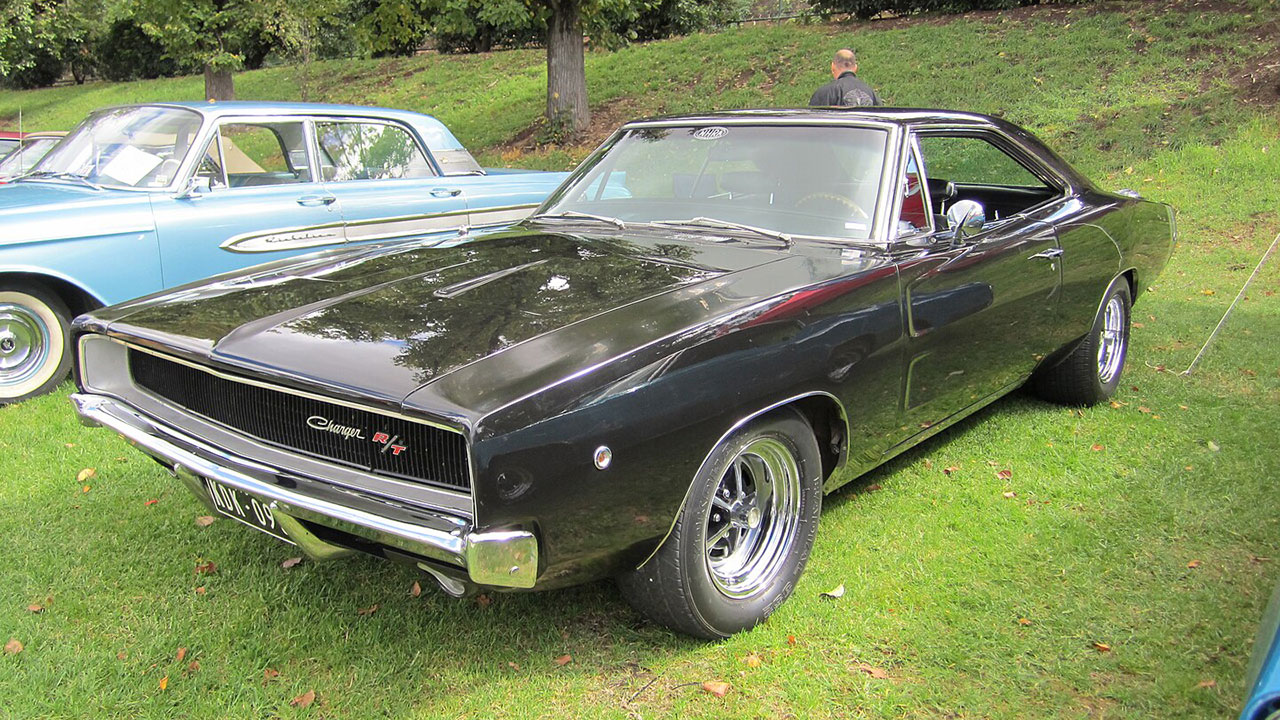
Valuation of Classic Models
The collector market for classic Scat Pack cars has seen significant growth in recent years. Original models from the late 1960s and early 1970s are highly sought after, with prices reflecting their rarity and historical significance. For instance, a well-preserved 1969 Dodge Charger R/T can fetch upwards of $100,000, depending on its condition and provenance. Factors such as originality, mileage, and documented history play crucial roles in determining these vehicles’ values.
Enthusiasts and collectors are drawn to classic Scat Pack cars not only for their performance but also for their nostalgic appeal. The enduring popularity of these vehicles is a testament to the impact they had during their heyday. As more collectors recognize the value of these cars, it’s likely that their prices will continue to rise, making them a sound investment for those looking to own a piece of automotive history.
Modern Scat Pack Collectibility
While classic models command high prices, modern Scat Pack vehicles are also gaining traction among collectors. The resale values of recent models remain strong due to their performance capabilities and the limited production numbers of certain special editions. For instance, the 2023 Dodge Charger Scat Pack Widebody has been a topic of interest, with its limited availability contributing to its collectibility.
Potential collectors and investors should consider several factors when evaluating modern Scat Pack cars. These include the vehicle’s production year, condition, and any unique features or options that may enhance its desirability. As the automotive industry continues to evolve, modern Scat Pack cars may become increasingly valuable, particularly if Dodge decides to phase out or significantly alter the lineup in response to changing regulations or consumer preferences.
The Future of Scat Pack Cars
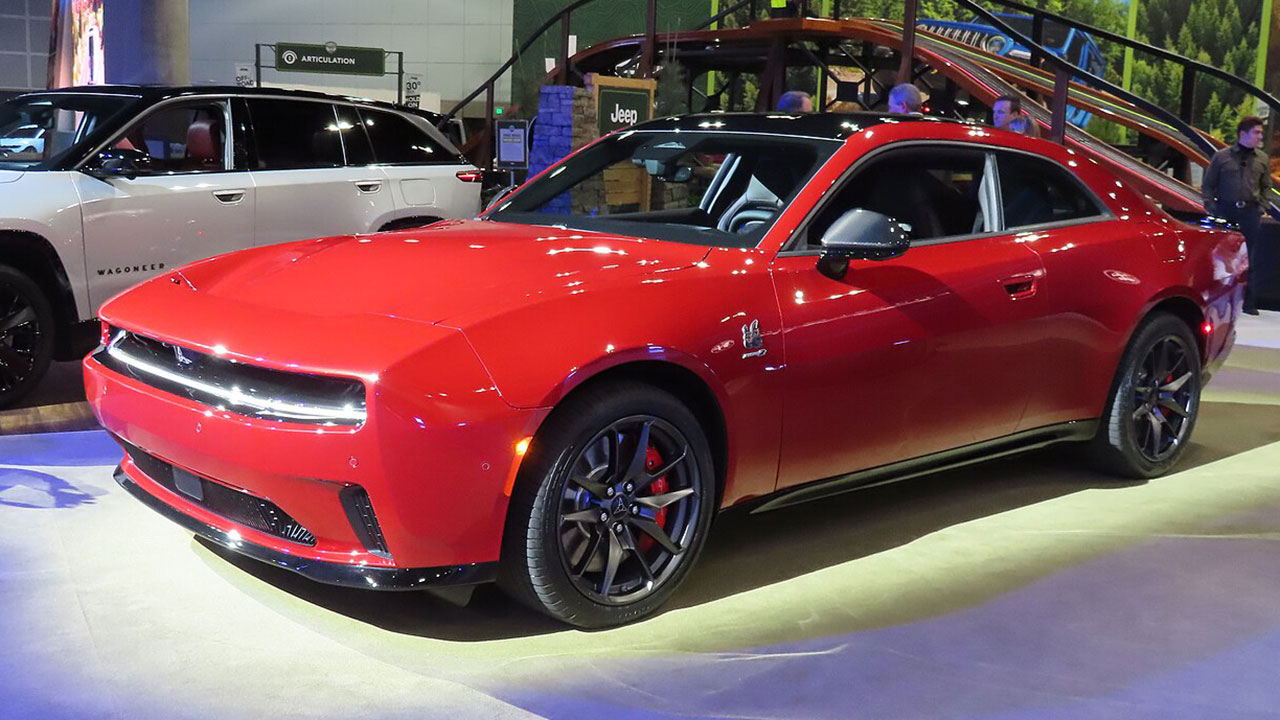
Potential for New Releases
As Dodge looks to the future, there is speculation about potential new releases within the Scat Pack lineup. Industry trends suggest that future models could incorporate hybrid or electric powertrains, blending traditional muscle car characteristics with modern sustainability initiatives. The possibility of new technologies and features being integrated into the Scat Pack lineup excites enthusiasts who are eager to see how Dodge will continue to innovate.
Despite the challenges posed by environmental regulations and the shift towards electric vehicles, Dodge remains committed to its performance heritage. The potential for new Scat Pack models that embrace these changes while retaining the essence of what makes them special is a promising prospect for fans and collectors alike.
Challenges and Opportunities
The automotive industry is at a crossroads, with increasing pressure to reduce emissions and embrace sustainable practices. For Dodge, the challenge lies in adapting the Scat Pack brand to meet these demands without sacrificing the performance and excitement that define it. The recent cancellation of the Dodge Charger Daytona EV underscores the difficulties faced by automakers in this transitional period.
However, this shift also presents opportunities for innovation. As Dodge explores new technologies, there is potential to create Scat Pack models that offer cutting-edge performance with reduced environmental impact. By leveraging its rich history while embracing future trends, Dodge can ensure the Scat Pack’s continued relevance and appeal in the automotive world.
Like Fast Lane Only’s content? Be sure to follow us.
Here’s more from us:
*Created with AI assistance and editor review.

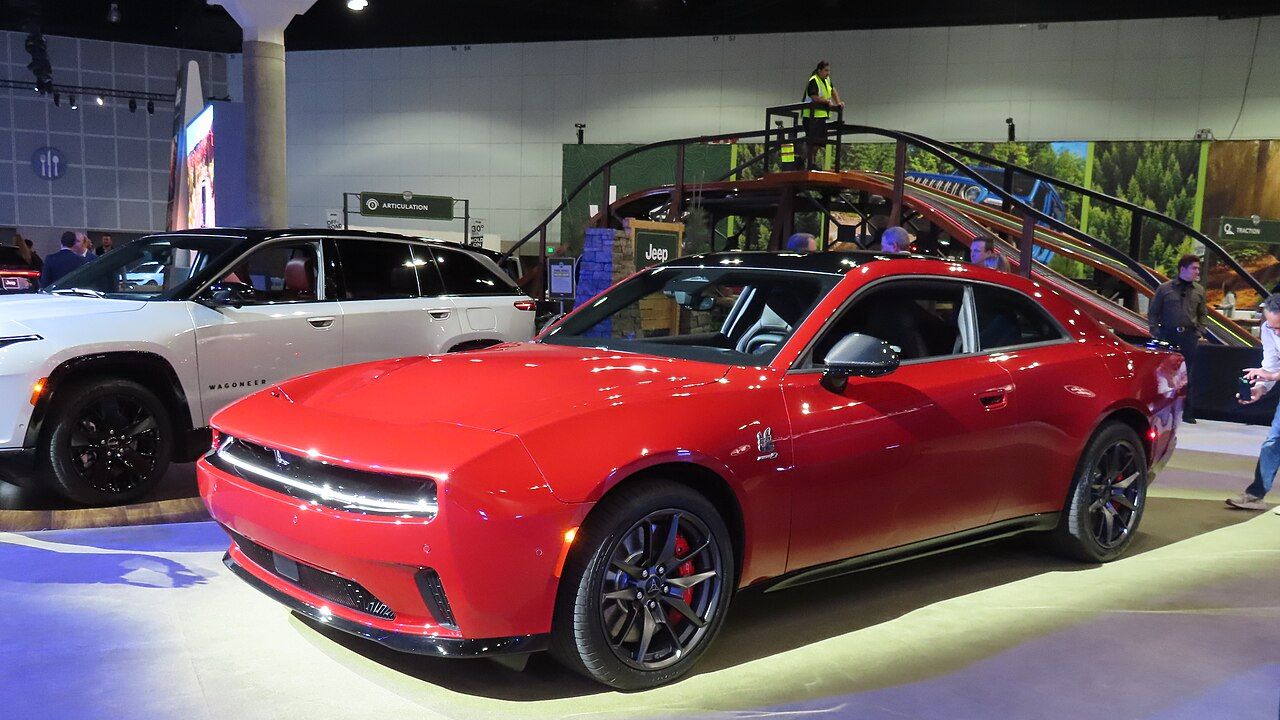

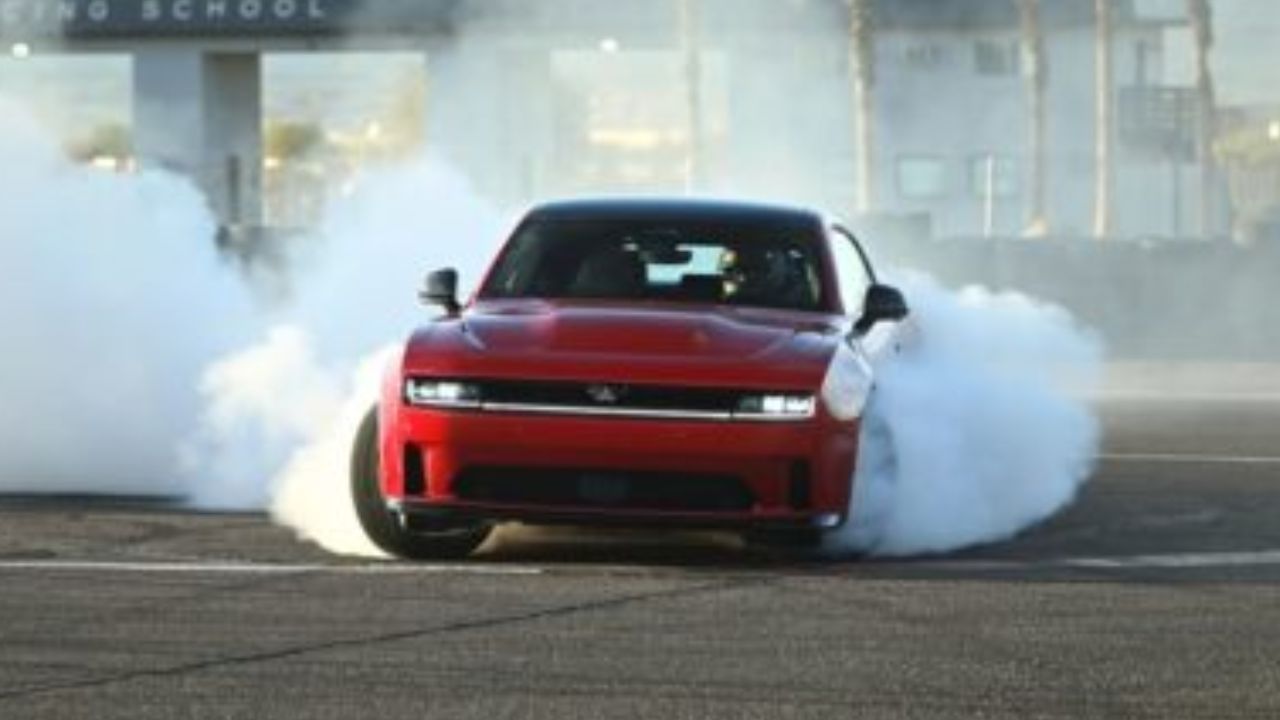
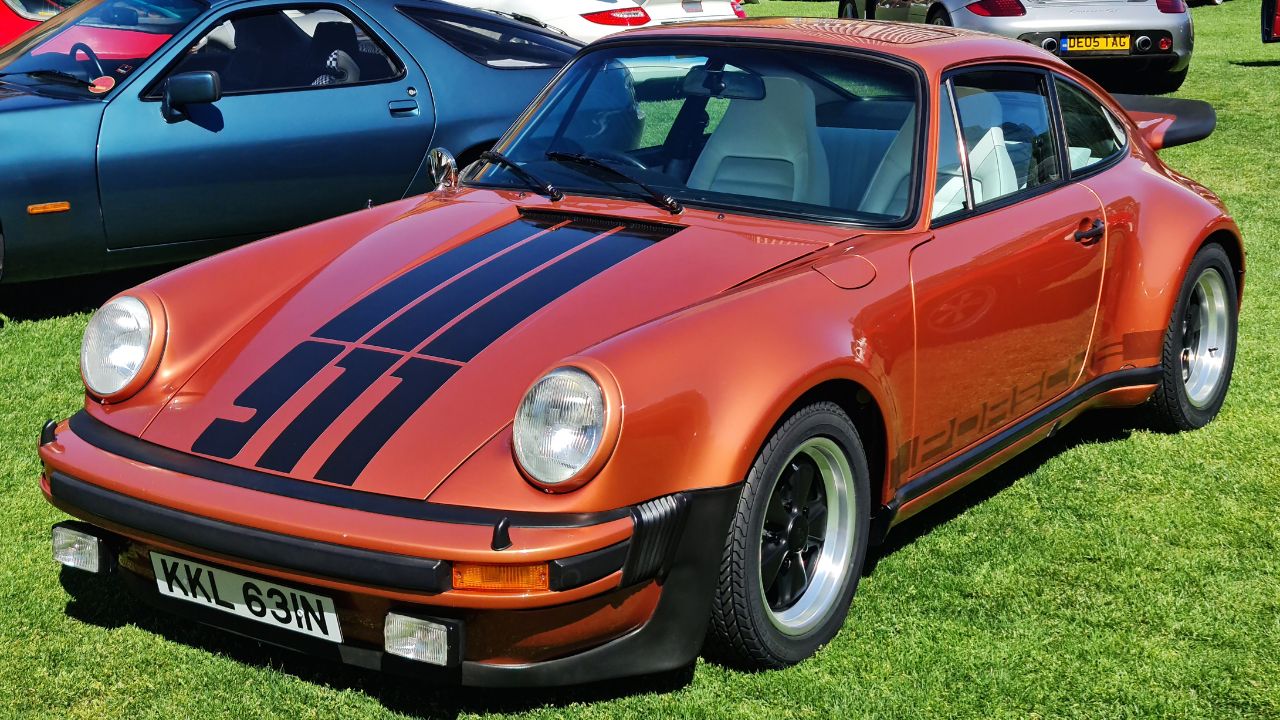
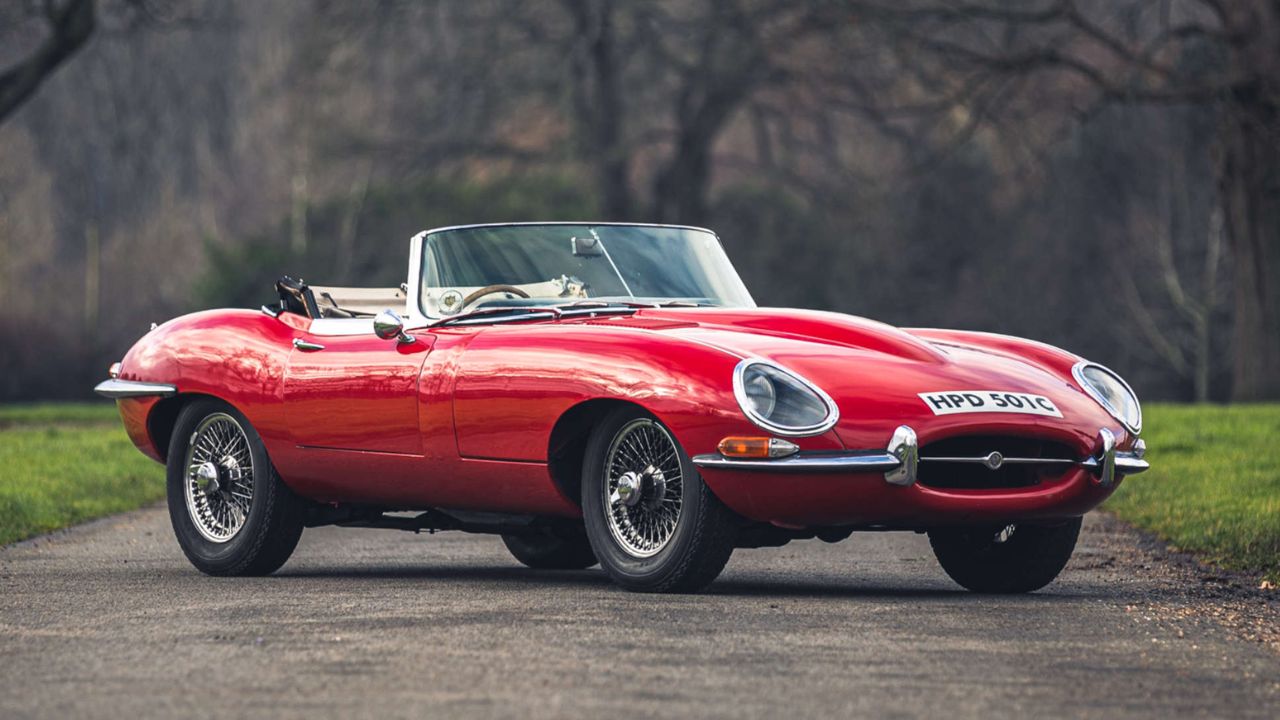
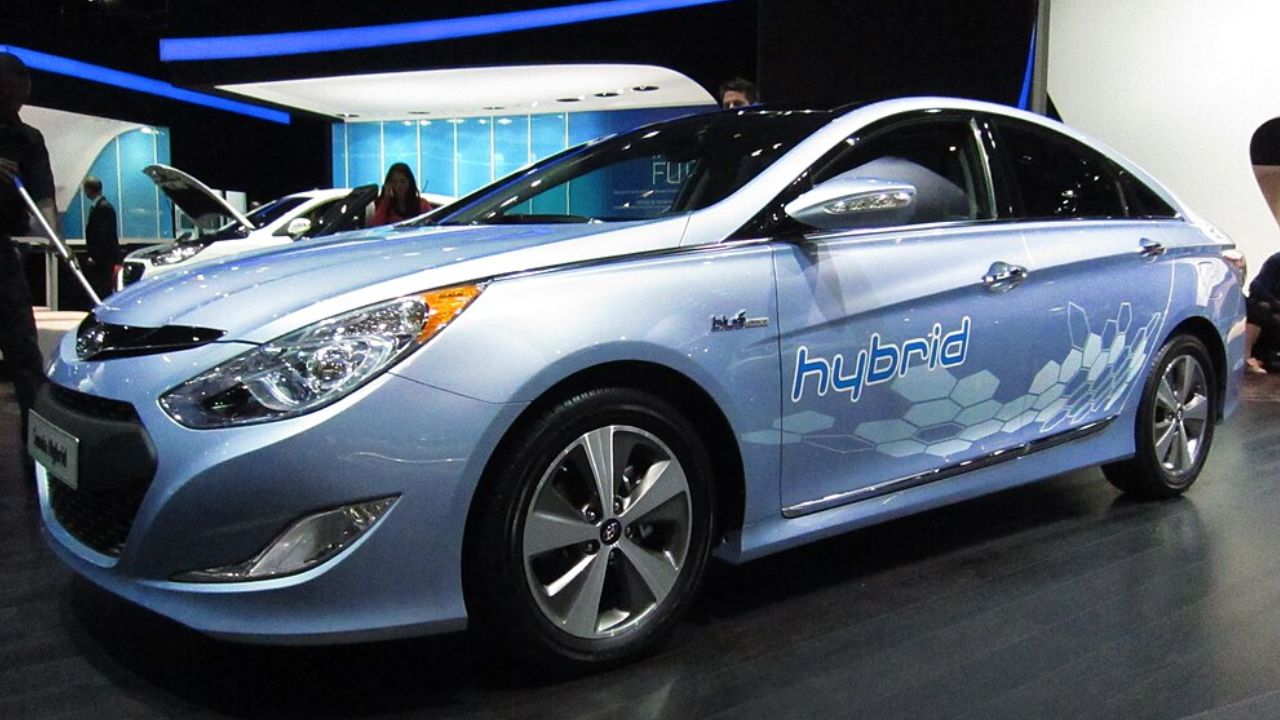
Leave a Reply